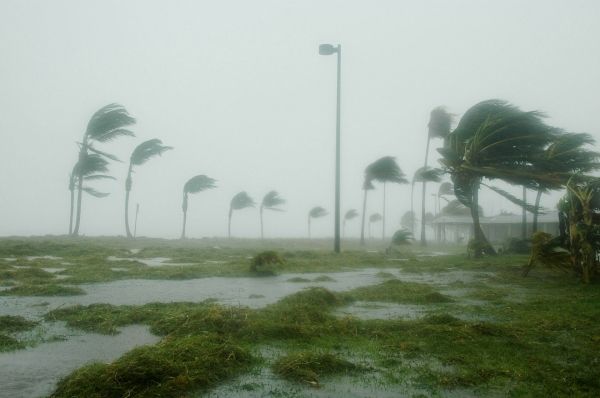Accurately predicting how many people are at risk due to sea level rise and storm surges has always challenged scientists, but a new method is improving models that account for the impact of these natural occurrences.
Accurately predicting how many people are at risk due to sea level rise and storm surges has always challenged scientists, but a new method is improving models that account for the impact of these natural occurrences.
A new international study published this week in the journal Nature Communications, applied a novel statistical method that — for the first time — captures the important interactions between tides and storm surges. These natural forces are caused by meteorological effects, such as strong winds and low atmospheric pressure, and their impacts have often been difficult to understand because of the complexity of Mother Nature.
“It’s important to have good models that can help planners understand and prepare for the negative consequences of a warming climate,” says Thomas Wahl, a University of Central Florida assistant professor of engineering and a co-author of the study.
Using the new method, the team found the number of people at risk from coastal flooding and the associated costs to coastal communities may have been previously over-estimated.
Read more at University Of Central Florida
Image by David Mark from Pixabay




